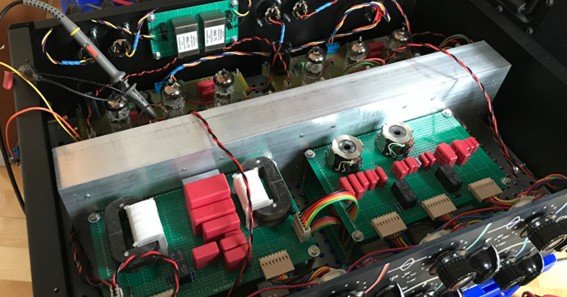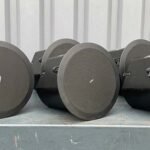The EAR 825 Equalizer is a renowned two-channel, five-band equalizer celebrated for its exceptional audio quality and precision in sound shaping. A key feature of this equalizer is its gain control, which allows users to adjust the amplitude of specific frequency bands to achieve the desired tonal balance.
Gain Specifications of the EAR 825 Equalizer
By default, the EAR 825 Equalizer offers a maximum boost or cut of ±12 dB per band, providing substantial flexibility for audio engineers to modify frequency responses. This range enables significant tonal adjustments without compromising audio sensitivity.
Customizing Gain Range
For applications requiring more subtle adjustments, such as mastering, users have the option to modify the gain range. Adjusting specific resistors within the circuit can reduce the gain range to ±6 dB or even ±4 dB, allowing for finer control over the audio signal. This customization is particularly beneficial in mastering scenarios where precision is paramount.
Conclusion
The EAR 825 Equalizer’s versatile gain control, ranging from its default ±12 dB to customizable lower ranges, makes it a valuable tool for both mixing and mastering engineers seeking precise audio shaping capabilities.
FAQ
-
What is the default gain range of the EAR 825 Equalizer?
The default gain range is ±12 dB per band.
-
Can the gain range be customized?
Yes, users can modify the gain range to ±6 dB or ±4 dB by adjusting specific resistors within the circuit.
-
Why would someone want to reduce the gain range?
Reducing the gain range allows for finer, more precise adjustments, which is especially useful in mastering applications.
-
Is modifying the gain range a complex process?
It involves technical knowledge of the equalizer’s circuitry, specifically changing certain resistor values.
-
Does altering the gain range affect the equalizer’s overall performance?
Adjusting the gain range tailors the equalizer’s sensitivity to user needs, enhancing its precision without compromising audio quality.










